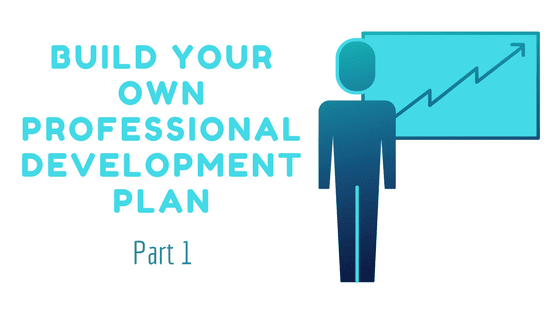Question:
“During my last performance review, my manager asked me to create a professional development plan, but I’m not sure what goes into one and I don’t think she has time to help me. She did say I should focus on things to help me get promoted in the future, like getting better at teamwork, leadership and collaboration, etc. But these all sound rather vague, and hard to develop concrete steps around. How do I get started?”
Answer:
When you want to make improvements in any area of life or work, it helps to 1) have clear intentions of what you are trying to create; 2) a timeframe to work on it; and 3) a method to get it done. A professional development plan uses these concepts to help you improve the skills you need to succeed at your job.
The objectives themselves may come from your manager, assessments, information about what you need to succeed in a future role, or your own desires for learning and growth. Once you have areas of improvement or learning identified, think through what you are shifting from and what you are shifting towards. How will you make the shift? What resources could build and further your mastery in those areas, such as a book, course, coach, peer group, mentor, etc.? What’s the evidence that you’ve made progress? What’s the evidence of success? Documenting this is what goes into a plan, and the plan is a great way to ensure you effectively act on your intentions to grow.
A professional development plan gets you and your manager on the same page about what to expect and how the changes will occur.
To make the plan, create a spreadsheet or document with information such as:
- Development goals
- Specific objectives, such as a behavior shift, a skill, orsomething specific you’re working on toward a broader goal
- Actions that state how you’re planning to accomplish the development—taking an online course, shadowing an executive, coaching with a particular person, practicing in the moment, learning in another form—the “how” you feel best fits the shift.
- Timeframe for progress
- Desired results
The focus of the plan is your development, so avoid including much about other people or circumstances. This plan is about how you bring your thinking, skills and behavior to whatever situations come your way.
One strategy I recommend for preparing a development plan is to consider the areas that are strengths for you, easy for you, and that you have confidence in. Now, see how you can use those strengths to support your development in areas that aren’t as easy for you.
For instance, a leader who is good at writing might use that to explore the 10 different approaches or responses she can choose from when next facing situation X. Just writing it out helps to see that we always are making choices, and we can always make new ones. Writing also cultivates better language and strategy in advance so we’re better prepared next time we encounter X. That’s how we leverage strengths to build up our areas of non-strength.
People good at taking charge frequently have a hard time “giving charge,” so how can a leader who is good at taking charge learn the other side of this skill? Same way we learn everything else. Being aware, practicing, and learning more about how to do so well. The “take charge’ leader can “take charge” of learning how to “give charge.” They may arrange training plans, accountability partners, coaching, books, etc. to help meet their goals.
Thinking through exactly how you’re going to make these shifts: the first objective is to create your development plan; the second objective is to use your plan to track how you’re doing. That’s what we’ll talk about next week when we continue the answer to this question. Sign up for our newsletter to be notified!

0 Comments